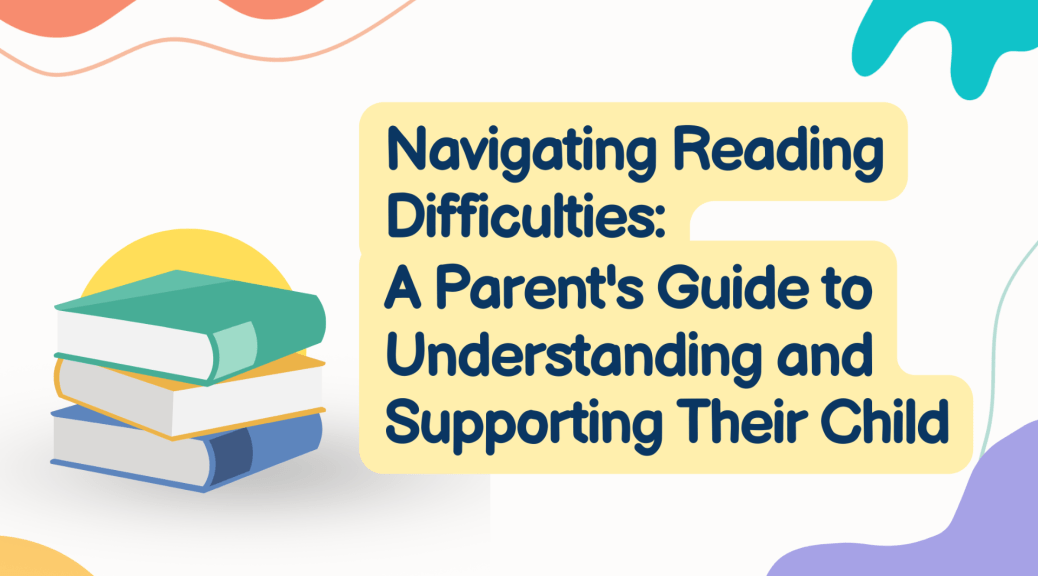
Reading with my child
Why Read With Your Child?
- Reading with your child aids in the development of literacy skills that form the foundation for successful reading in later years (Children’s Bureau , 2023).
- Moreover, through reading, your child can learn skills to better manage their emotions, and further develop their social skills (Schoppmann et al., 2023).
- Storytelling entails an immersive experience of fantasy and fiction, thus stimulating the child’s imaginative thinking (Niland, 2023).
- Reading is an excellent method in spending quality time with your child
Tips for reading with your child (Raising Children Network, 2023)
- Before Reading
- Have your child choose a book that they are interested in at the library or at the bookstore.
- Ask questions about the book, e.g., “Why did you pick this book?”.
- During Reading
- Make it fun – Vary your intonation and speed and adopt different voices and expressions depending on the character in the story.
- Engage – Ask questions about the story and help them understand the characters’ perspectives.
- Build connections between fiction and real-life – Draw parallels between the characters and observations in real-life situations, e.g., “We saw this bear in the zoo yesterday, didn’t we?”
- Provide trivia information – Provide more information about the characters, like animals, or natural phenomena when applicable.
- After Reading
- Reading-related activities – Consider other reading-related activities such as drawings or creating stories together.
- Model good reading habits – Read more in front of your child to encourage them to read.
References
Children’s Bureau. (2023, May 11). Benefits & importance of reading to children: Children’s bureau. Child Abuse Prevention, Treatment & Welfare Services | Children’s Bureau. https://www.all4kids.org/news/blog/the-importance-of-reading-to-your-children/#:~:text=This%20is%20because%20reading%20to,language%2C%20literacy%20and%20social%20skills.
Niland, A. (2023). Picture books, imagination and play: Pathways to positive reading identities for young children. Education Sciences, 13(5), 511. https://doi.org/10.3390/educsci13050511
Reading with preschoolers. Raising Children Network. (2023, August 25). https://raisingchildren.net.au/preschoolers/play-learning/literacy-reading-stories/reading-with-preschoolers
Schoppmann, J., Severin, F., Schneider, S., & Seehagen, S. (2023). The effect of picture book reading on young children’s use of an emotion regulation strategy. PLOS ONE, 18(8). https://doi.org/10.1371/journal.pone.0289403
Written by: Serena
Edited by: Keval
Reviewed by: Annabel, Joyce, Tiffany







